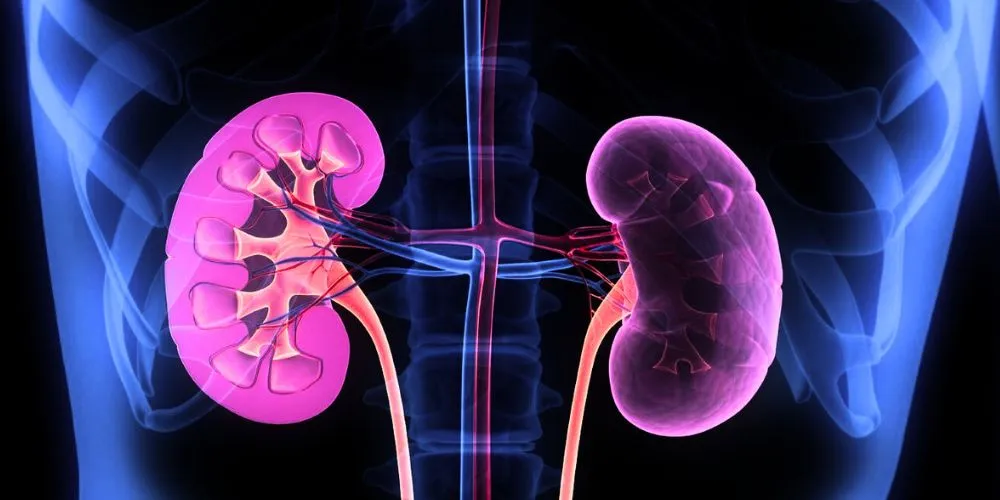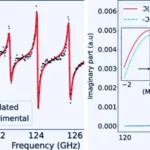Key Points:
- Retinoic acid receptors (RARa) in the kidney’s proximal tubules are critical in limiting kidney injury and preventing kidney failure.
- Disruption of RARa function in a preclinical model led to the development of kidney injury and fibrosis, mimicking chronic kidney disease.
- Activation of RARa helps maintain the health of proximal tubules, ensuring optimal kidney function by reabsorbing essential substances.
- The research team aims to identify drugs that activate RARa to slow or reverse fibrosis and restore kidneys to a healthy state using their novel mouse model.
Researchers from Weill Cornell Medicine have uncovered the crucial role played by retinoic acid receptors (RARa) in the proximal tubules of the kidney in preventing kidney injury and subsequent kidney failure. The findings, published in the Proceedings of the National Academy of Sciences (PNAS), shed light on potential new treatment avenues for kidney diseases.
The research team developed a preclinical model that mimicked conditions similar to chronic kidney disease by disrupting RARa function in the proximal tubules. This disruption led to kidney injury, highlighting the essential role of RARa in maintaining kidney health.
Currently, the treatment options for kidney diseases are limited, often resulting in patients requiring dialysis or kidney replacement therapy. However, the study suggests that drugs capable of activating RARa in the kidney could mitigate the damaging effects of kidney injury and fibrosis.
The kidneys are vital in filtering blood and removing waste products. The proximal tubules are critical in reabsorbing essential substances into the bloodstream. Activating RARa helps preserve the health of proximal tubules and ensures optimal kidney function.
In the mouse model developed by the researchers, the knockout of RARa in the proximal tubules resulted in cellular distress within three days, leading to mitochondrial dysfunction and cell death. Furthermore, after three months, the researchers observed the secretion of growth factors by epithelial cells in the proximal tubules, contributing to fibrosis—a buildup of scar tissue associated with kidney damage.
Preventing progressive renal fibrosis, a characteristic feature of advanced chronic kidney disease could halt the progression to kidney failure. The research team aims to leverage a novel mouse model to identify drugs capable of activating RARa, thereby slowing or reversing fibrosis and restoring kidney health.










